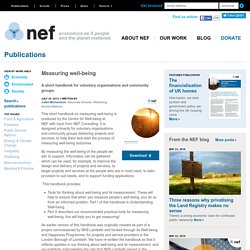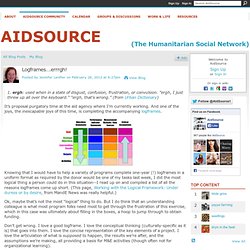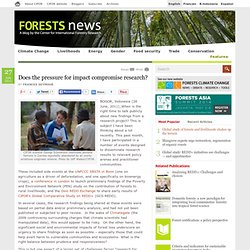

Measuring well-being. Measuring well-being A short handbook for voluntary organisations and community groups.

July 30, 2012 // Written by: Juliet Michaelson, Associate Director, Wellbeing Sorcha Mahony This short handbook on measuring well-being is produced by the Centre for Well-being at NEF with input from NEF Consulting. It is designed primarily for voluntary organisations and community groups delivering projects and services, to help them kick-start the process of measuring well-being outcomes.
By measuring the well-being of the people we aim to support, information can be gathered which can be used, for example, to improve the design and delivery of projects and services, to target projects and services at the people who are in most need, to tailor provision to suit needs, and to support funding applications. This handbook provides: Tools for thinking about well-being and its measurement.
Issues Wellbeing, Democracy & Participation Download free PDF More Publications Publication // May 12, 2016 More More. Getting Results: Outputs, Outcomes & Impact. Professional philanthropy, like all professions, has built a special language to describe its work. This sort of language can be used to more precisely discuss issues of importance to a field or it can be jargon that obscures meaning and serves to identify professionals to each other while excluding “outsiders”.
Most donors, regardless of the vocabulary they use, want their donations to produce results.What characterizes “results” may be very different to various donors. Sometimes the desire to see results can lead donors to seek indicators, like low overhead expense ratios, that are actually bad proxies for results. Sometimes the “result” a donor seeks might simply be public recognition. But believing that donors do not seek results is akin to believing that they would be just as happy throwing their money in the trash.
So I’d like to explain the three words that are used to describe the results of nonprofits; Outputs, Outcomes and Impact. Outputs: Relatively easy to count. Logframes? errrgh! 1. ergh: used when in a state of disgust, confusion, frustration, or convulsion.

"ergh, I just threw up all over the keyboard. " "ergh, that's wrong. " (from Urban Dictionary) It’s proposal purgatory time at the aid agency where I’m currently working. And one of the joys, the inescapable joys of this time, is completing the accompanying logframes. Knowing that I would have to help a variety of programs complete one-year (!) Ok, maybe that’s not the most “logical” thing to do. Don’t get wrong. The predictable, linear, rational progression of activities is what can make a sound logframe clear and elegant.
In spite of any amount of bellyaching on my or anyone’s part, the logical framework and the logical framework approach is not going away any time soon. First, let’s understand where logframes came from: “Its origins lie in a planning approach for the US military, which was then adapted for the US space agency NASA before being adopted by USAID for development projects over thirty years ago. Is the LogFrame is the right tool for managing most NGO work? Does the pressure for impact compromise research? CIFOR scientist George Schoneveld interviews jatropha farmers in Zambia reportedly abandoned by an overly-ambitious outgrower scheme.

Photo by Jeff Walker/CIFOR. BOGOR, Indonesia (28 June, 2011)_When is the right time to talk publicly about new findings from a research project? This is subject I have been thinking about a lot recently. This past month, I have participated in a number of events designed to disseminate research results to relevant policy arenas and practitioner communities. These included side events at the UNFCCC SBSTA in Bonn (one on agriculture as a driver of deforestation, and one specifically on bioenergy crops), a conference in London to launch preliminary findings of the Poverty and Environment Network (PEN) study on the contribution of forests to rural livelihoods, and the Oslo REDD Exchange to share early results of CIFOR’s Global Comparative Study on REDD+ (GCS-REDD). In recent years, the pressure to demonstrate impact has intensified. Impact Evaluation 3.0? DFID 2011.